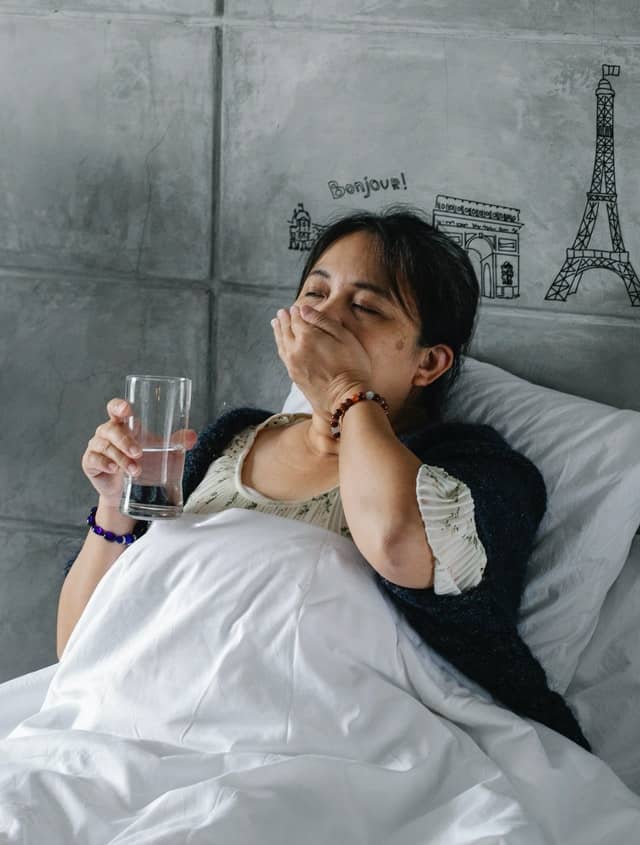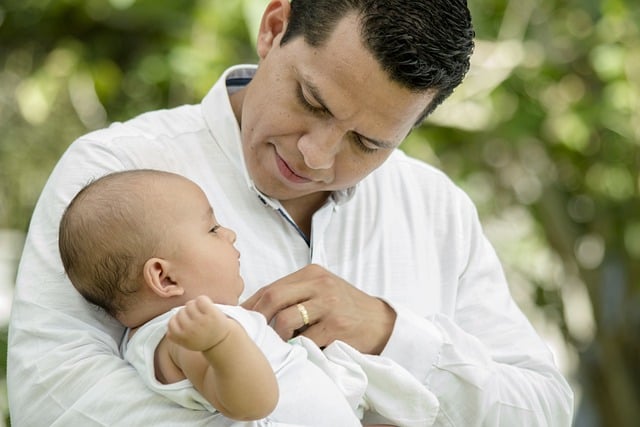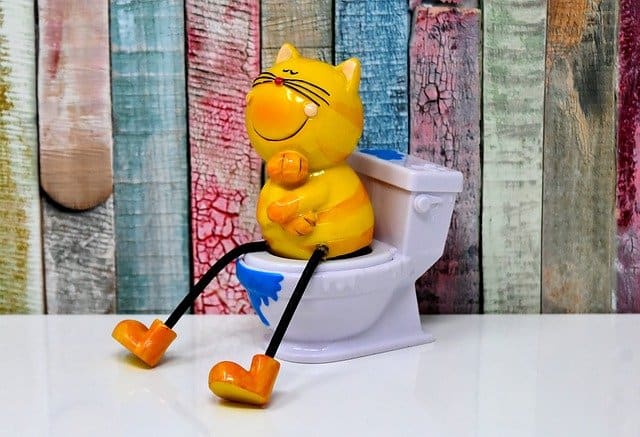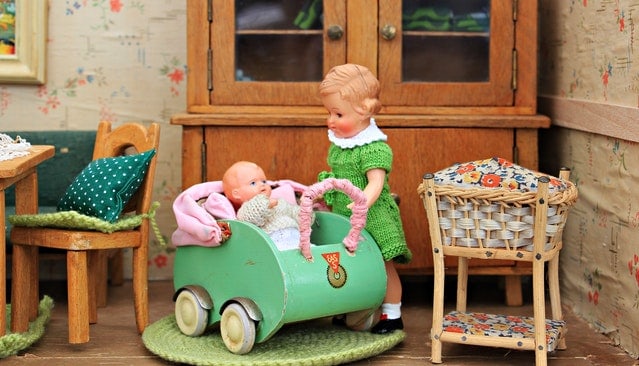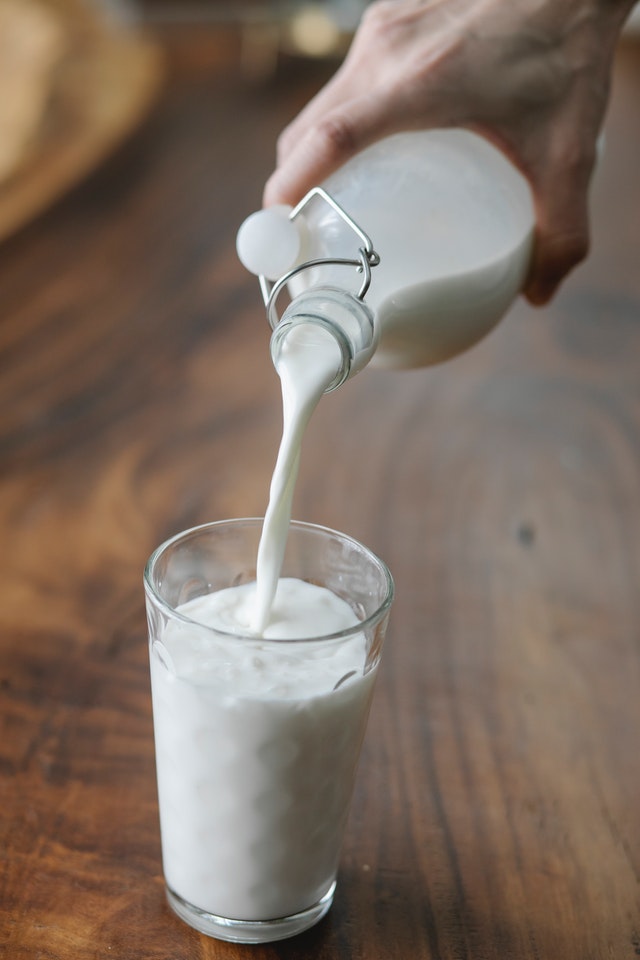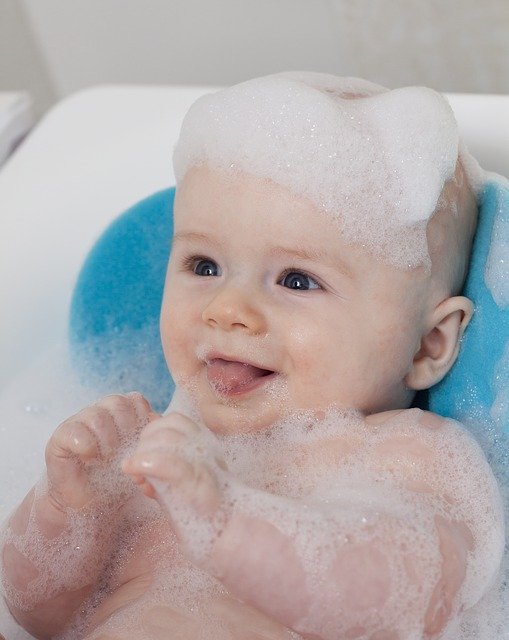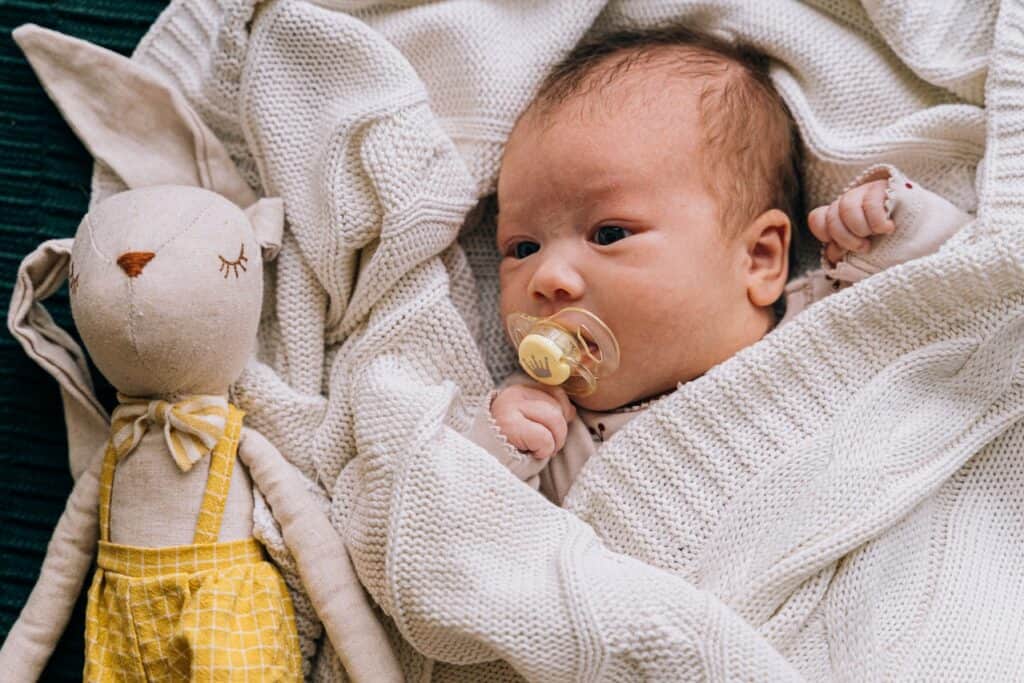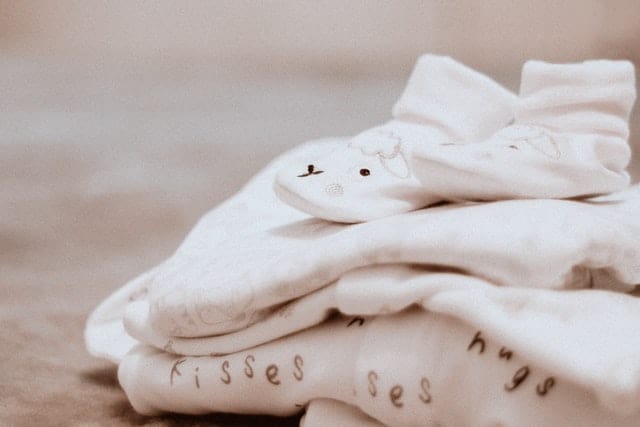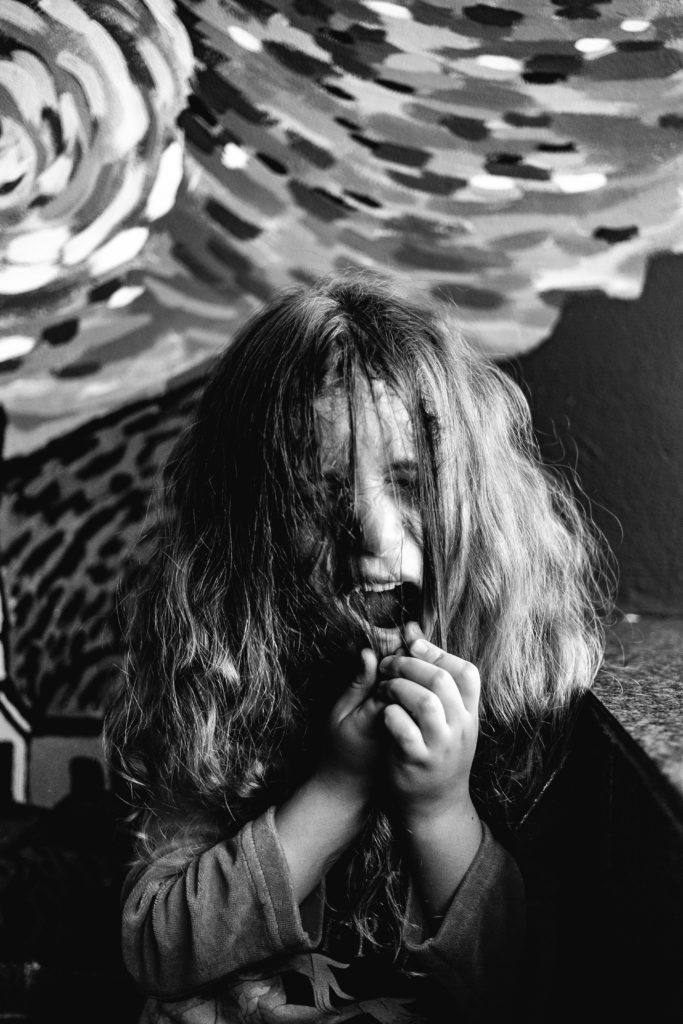Pregnancy
What Happens to Existing Belly Fat When Pregnant: Understanding the Changes
During pregnancy, a woman’s body undergoes many changes, including changes in body weight…
Why Did My Morning Sickness Suddenly Stop: Understanding the Possible Reasons
Morning sickness is a common experience for many pregnant women, with symptoms ranging…
Can I Eat Chicken Salad While Pregnant? Expert Advice and Guidelines
Chicken salad is a popular dish made with cooked chicken, mayonnaise, and various…
Should Your Husband Come First Prenatal Visit?
When it comes to prenatal visits, there is often a lot of confusion…
Can Pregnant Women Take Emergen-C? A Clear and Knowledgeable Answer
Emergen-C is a popular dietary supplement that contains high doses of vitamin C,…
Can You Safely Take Emergen-C While Breastfeeding?
Emergen-C is a popular dietary supplement that contains high doses of vitamin C,…
Baby Names
155+ Best Middle Names For Corinne [Cute & Adorable]
Welcome to the best online resource for middle names for Corinne. Picking appropriate…
165+ Best Middle Names For Carlos [Cute & Adorable]
Welcome to the best online resource for middle names for Carlos. After coming…
199+ Best Middle Names For Coraline [Cute & Adorable]
Welcome to the best online resource for middle names for Coraline. Even before…
169+ Best Middle Names For Cannon [Cute & Adorable]
Welcome to the best online resource for middle names for Cannon. Do you…
193+ Best Middle Names For Clark [Cute & Adorable]
Welcome to the best online resource for middle names for Clark. Since you…
177+ Best Middle Names For Callen [Cute & Adorable]
Welcome to the best online resource for middle names for Callen. Have you…
Toddler
Potty Trained Child Having Accidents at School: Causes and Solutions
Potty training is a significant milestone in a child’s life, and parents often…
When to Use Bumbo Seat: A Guide for Parents
Parents often wonder when it’s appropriate to start using a Bumbo seat for…
Is Too Much Milk Harmful for Toddlers? Exploring the Risks and Benefits
Milk is a staple in many toddlers’ diets. It is a good source…
Baby Spits Up When Laid Down: Causes and Solutions
It’s not uncommon for babies to spit up after feeding, but what does…
How Often Should You Bathe a Toddler: Expert Recommendations
Bathing a toddler can be a challenging task for many parents. As a…
When Is It Too Late to Fix Flat Head? Understanding the Window of Opportunity
Flat head syndrome, also known as plagiocephaly, is a condition that affects many…
Parenting
How Many Pacifiers Do I Need for My Baby?
Pacifiers can be a lifesaver for new parents struggling to soothe their fussy…
How to Unclog a Toilet Clogged with Baby Wipes: Clearing the Blockage with Ease
When it comes to household plumbing issues, a clogged toilet is one of…
Is 2T Equal to 24 Months? Clearing Up the Confusion
2T and 24 months are two common terms used to describe the clothing…
Baby Spits Up When Laid Down: Causes and Solutions
It’s not uncommon for babies to spit up after feeding, but what does…
When to Wear Abdominal Belt After C-Section: Expert Advice
Abdominal belts are a popular postpartum accessory that many new mothers use after…
My Daughter is Out of Control: Where to Send Her for Help
Parents often find themselves struggling to manage their children’s behavior, especially when it…

“A dedicated mom on a mission – Exploring life’s adventures with her two gems and empowering parents with grounded insights.””








